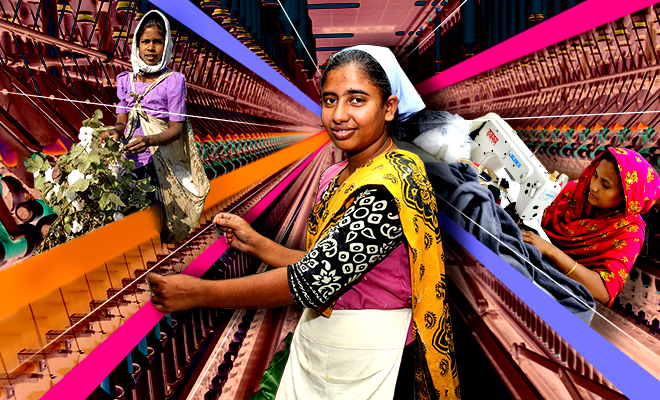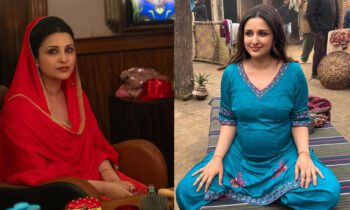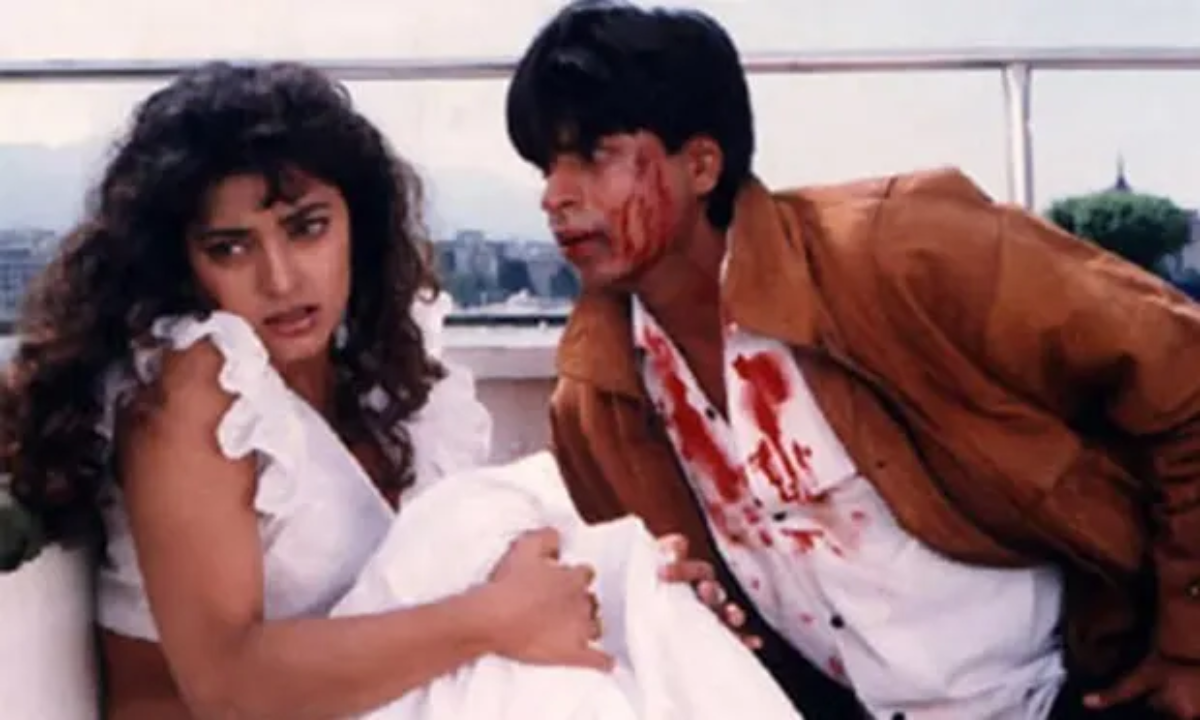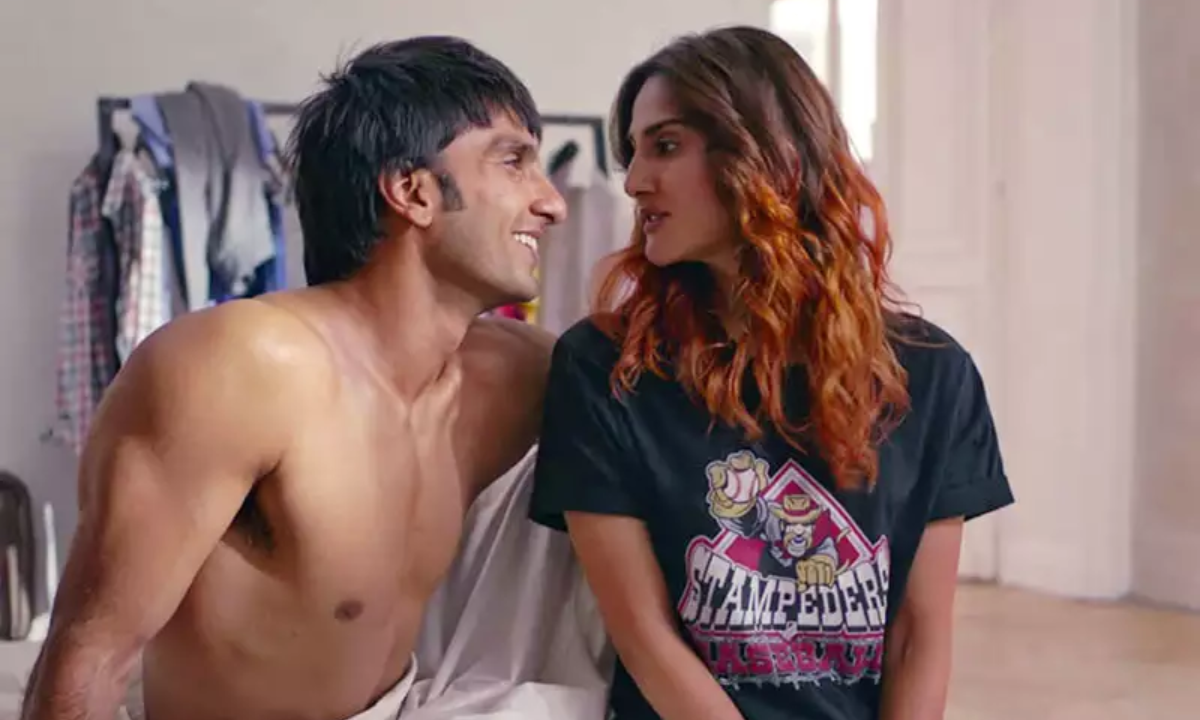In Tamil Nadu, Young Girls Are Lured Into Working At Mills Under Questionable Conditions. Asking “What’s In My Clothes”? Is The Need Of The Hour

Have you ever wondered who made the clothes that go on your back? Not the brand, the label or even the designer; but the person who picked the cotton for the tee, the one who processed it, and spun into little bobbies that go on sewing machines? These questions are rarely on any consumer’s mind, especially when mass production brands have managed to falsely mint a very clean reputation for themselves. The truth of the matter is that if these questions were answered in all honesty , nobody would ever step inside a fast fashion store ever again.
We are all already familiar with the polluting effects of fashion. Wastage that goes into landfills, poorly paid labourers from third-world countries who work for scraps, the carbon footprint of producing even a single piece of shirt…these are evils that the industry has been striving to bring about change to. Sustainable fashion has been a priority for a majority of brands, designers, influencers and companies in fashion but we think that might not be enough. Sustainability begins with the individual and it is time we start asking, “What’s In My Clothes”?
https://www.instagram.com/p/B7YkGybBMsG/
Recent studies have shown that the majority of the victims of fashion’s unethical practices are women and children. In hopes of increasing transparency in practices, global movement Fashion Revolution has urged people to finally ask the right questions about their clothes. A report titled ‘Captured By Cotton’ by The Centre for Research on Multinational Corporations (SOMO) sheds light on Tamil Nadu’s cotton pickers who are forced into labour, most of them young girls, on the false pretext of good pay and safe employment. The report says, ” Recruiters convince parents in impoverished rural areas to send their daughters to spinning mills with promises of a well-paid job, comfortable accommodation, three nutritious meals a day and opportunities for training and schooling as well as a lump sum payment at the end of three years. However, when the young girls turn up at the mills, it turns out the reality of their working life is not so attractive.” Similarly, children from Bihar and Jharkhand have been involved in the farming of mica, a mineral used in cosmetics, and most of them are dangerously impoverished for it. No industry rises above exploiting cheap labour in the country, the finished products of which all reach consumers from the US and EU nations.
For the sake of a top or a skirt, if a girl has to give up a childhood, we must ask ourself if the trade off is worth it. And therefore, knowing where the product comes becomes that much more important.
Fashion Revolution’s probe into brands owning up to their practices is equally shocking. With no more than 27.5% of producers coming clean about their practices, we wonder what the labels shrouded in mystery are hiding. The request is simple, if consumers try to be more cognisant of their buying behaviour affects the environment and the people living in it, we’d have less factory fires and fairer treatment for workers.
ALSO READ: I Calculated My Fashion Footprint With This Quiz And Was Shocked By How ‘Dirty’ My Buying Habits Are
https://www.instagram.com/p/B73SN0iFAWt/
So exactly how do we become more responsible with fashion? The good people over at The Business of Fashion put it perfectly. Ask these questions of yourself, “Do these clothes come from sustainable sources?”, “Have these labels conducted their production practices ethically?”, “Have this label been open about its facts and figures?”, and “Has this label spent time and effort to innovate new procedures and work on their carbon footprint?”. It sounds like a lot, considering consumers’ shopping behaviour have shifted to being impulsive than planned. But that is just but a small effort we as individuals can make to ensure nobody is treated ill because we were livin’ it up at a sale!
ALSO READ: 5 Sustainable, Indian Fashion Brands That You Need To Support RN
A picture paints a thousand words. Take a look at this photojournalist’s documentary about one of the worst fast fashion accidents in the last decade. A little perspective never hurt anybody!
https://thehauterfly.com/fashion/purvi-doshi-wagad-at-whos-next-paris-sustainable-fashion-brand/

















